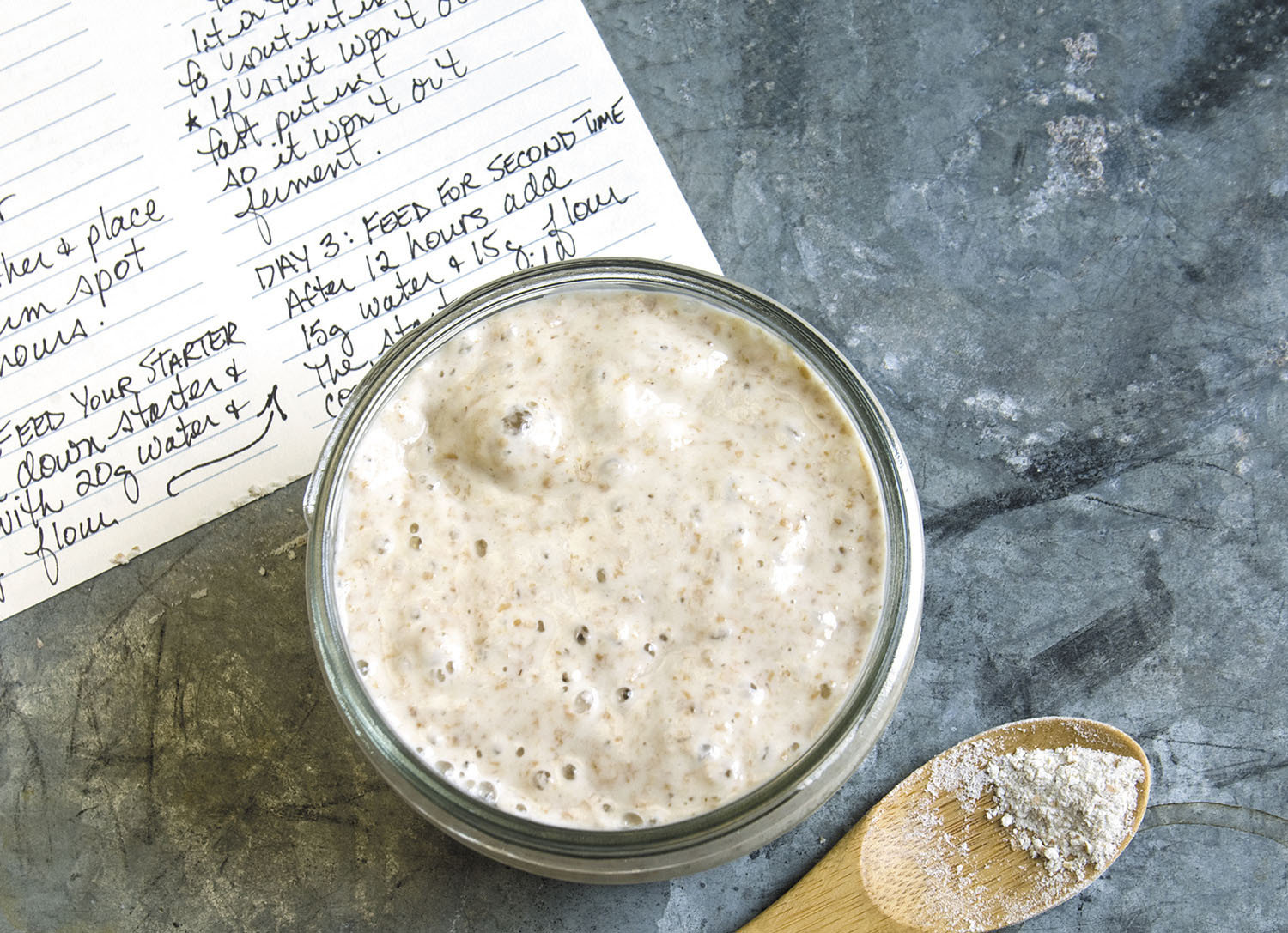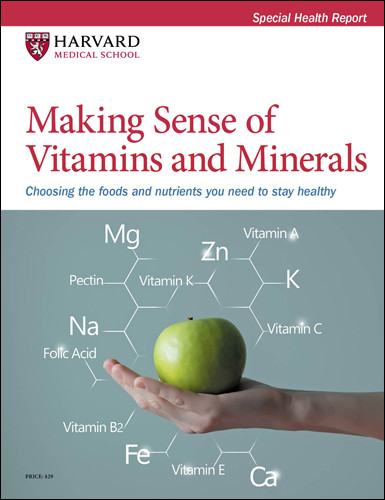Do fermented foods live up to the hype?
Stores are bursting with fermented products containing probiotics. Here's how they can boost health — and ways they may fall short.
- Reviewed by Toni Golen, MD, Editor in Chief, Harvard Women's Health Watch; Editorial Advisory Board Member, Harvard Health Publishing; Contributor

Wander down a supermarket's refrigerated aisle nowadays and you'll notice shelves packed with fermented foods and drinks. Newer additions such as milk-based kefir, kimchi (Korean cabbage), kombucha (tea), and tempeh (soybeans) have joined perennial favorites such as yogurt, sauerkraut, and beer, highlighting a market projected to grow globally by $533 million over the next four years.
But the fresh popularity of fermented foods belies a heritage dating thousands of years. Ancient civilizations used fermentation, which incorporates bacteria and yeast to break down sugars and carbohydrates, to transform flavors, and prevent spoilage. Scientists have long since learned that fermented foods also contain live microorganisms called probiotics, which bolster a healthier mix of the trillions of "good" bacteria that live in our gut.
Does this mean you should load up your shopping cart with fermented foods and drinks? Only if you're realistic about what you're buying, a Harvard expert says. Heat and bright lighting used in commercial food manufacturing can kill off the very probiotics advertised on product labels.
"Nothing on the label tells us that," says Nancy Oliveira, a registered dietitian and manager of the Nutrition and Wellness Service at Harvard-affiliated Brigham and Women's Hospital. "In reality, there may not be as many probiotics or microbes left in fermented foods as they started with. You buy them believing they're so good for you, but they may not be able to provide all of the intended health benefits."
Array of health benefits
That said, eating and drinking even small amounts of probiotics over time can support our health, Oliveira says. A 2021 study in the journal Cell adds to research underscoring the advantages. The analysis suggests diets rich in fermented foods increase gut bacteria variety and lower inflammation markers better than a high-fiber diet.
But high-fiber foods such as fruits, vegetables, and whole grains certainly figure into the power of probiotics, Oliveira says. Dubbed "prebiotics," these foods fuel the growth of different types of intestinal bacteria and work hand in hand with fermented foods to promote these effects:
Smooth digestion. The fermentation process has already broken down some natural sugars and starches, so your digestive tract doesn't have to work as hard. The "good" bacteria in fermented products can also help digest other foods you eat.
Dampen inflammation. Probiotics stimulate proper immune system function and may lower the risks of inflammation-driven conditions such as heart disease, diabetes, and cancer, Oliveira says.
Boost nutrient absorption. Fermented products may deactivate substances in other foods dubbed "antinutrients," which can inhibit the absorption of essential nutrients such as iron, zinc, and vitamins B12 and K.
Battle bad bacteria. Beneficial bacteria lower your intestine's pH levels and produce germ-fighting proteins. Both can quell the overgrowth of harmful bacteria.
Sourdough's belly benefitsBillions of people around the world eat some type of bread every day. But sourdough rose above its competitors as the pandemic bore down in 2020. Social media teemed with comforting images of homebound bakers turning out tantalizing loaves during a stomach-churning era. Indeed, stress-induced tummy troubles drove many people to try sourdough during the global health crisis, says Nancy Oliveira, manager of the Nutrition and Wellness Service at Brigham and Women's Hospital. Fermented using a "starter" that typically contains lactic acid bacteria and yeast, sourdough has long been a favorite of those interested in so-called low-bloat foods that are more easily digested and "easier on the gut," Oliveira says. Aside from its distinctive "sour-ish" taste and chewy texture, how does sourdough stand apart from whole-grain breads? Its fermentation process can reduce components known as "anti-nutrients" that are found in some whole grains, improving nutrient absorption and fueling digestion. Oliveira adds that sourdough also boasts antioxidants — which can lower the odds of some diseases — and a lower glycemic index than white bread, which means it can minimize spikes in blood sugar levels. |
Buying tips
If you're able to ferment your own foods, such as pickles, sauerkraut, or sourdough bread, doing so can preserve the full complement of beneficial bacteria that commercial manufacturing might destroy, Oliveira says. Otherwise, here are some strategies for getting the biggest probiotic punch from store-bought versions.
Look for live cultures. The words "live and active cultures" might appear on the label (as in yogurt), or you may see bubbles in liquids (such as kombucha, though sometimes added carbon dioxide produces the fizz). These signs mean the product likely contains probiotics.
Make sure they're refrigerated. Shelf-stable products labeled as "fermented" are typically pickled using vinegar, not live organisms, and don't contain probiotics.
Image: © modesigns58/Getty Images
About the Author

Maureen Salamon, Executive Editor, Harvard Women's Health Watch
About the Reviewer

Toni Golen, MD, Editor in Chief, Harvard Women's Health Watch; Editorial Advisory Board Member, Harvard Health Publishing; Contributor
Disclaimer:
As a service to our readers, Harvard Health Publishing provides access to our library of archived content. Please note the date of last review or update on all articles.
No content on this site, regardless of date, should ever be used as a substitute for direct medical advice from your doctor or other qualified clinician.
















